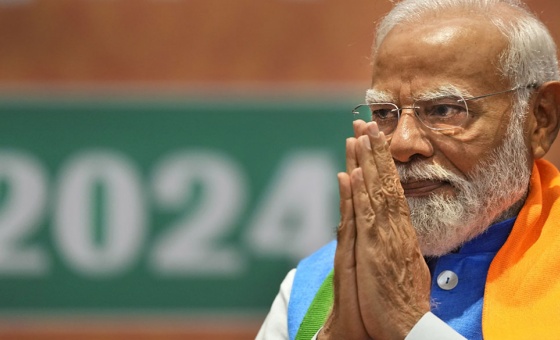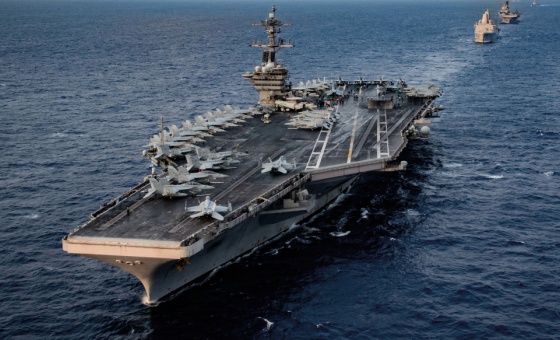This is the last article you can read this month
You can read more article this month
You can read more articles this month
Sorry your limit is up for this month
Reset on:
Please help support the Morning Star by subscribing here
LONDON’S Imperial War Museum has an outstanding track record in staging hard-hitting exhibitions, with Peter Kennard’s photo-montages and Edward Barber’s documentary photographs being two very recent examples.
Added to the roster is this disturbing new show of work by award-winning artist Edmund Clark. War of Terror, which runs until August next year, focuses on the measures states take to counter perceived terrorist threats and the malign impact they have on all our lives and explores the experience of people in Britain suspected — but never convicted — of terrorist-related offences in the interminable “war on terror.”
Clark says: “A vital challenge for today’s visual artists and photographers is how to explore new and unseen processes of contemporary conflict.
“My work engages with state censorship and control to find new visual strategies to try and achieve this and to reconfigure subjects we normally see as distant or threatening stereotypes on our screens.”
His personal contribution to the debate around those issues is a series of photographs, film and documents, some never previously exhibited.
They explore hidden experiences of state control and address the issues of security, secrecy, legality and ethics which they raise.
Clark’s most recent work Negative Publicity: Artefacts of Extraordinary Rendition, created in collaboration with counter-terrorism investigator Crofton Black, explores the experiences of those secretly detained and transferred without legal process to US custody for further detention and interrogation.
Guantanamo: If The Light Goes Out offers an uneasy contrast between living spaces at Guantanamo and the homes of former British detainees who were released without charge, while Letters to Omar features reproductions of censored correspondence sent to Omar Deghayes, a British detainee at Guantanamo, and later made available to Clark.
Cards and letters sent to him by people from around the world, most of them strangers, were scanned and redacted by military censors.
When and in what form Deghayes received the correspondence was part of the control exercised over him. Created by the bureaucratic processes of Guantanamo, these fragmentary reproductions added to his sense of paranoia.
Equally disturbing is the installation Control Order House. In December 2011 and January 2012, Clark was given exclusive access to a suburban house in England in which a British man suspected of involvement in terrorist-related activity was living under the terms of a Home Office enforced control order — a form of detention without trial based on secret evidence.
The installation contains nearly 500 photographs of the house in the order in which he took them. Two video sequences, on display for the first time, convey the tension, claustrophobia and monotony of a controlled person’s life, while documents, architectural plans and photographs reveal further details of life under a control order.
As an exhibition exploring the complexities of modern asymmetric warfare and its implications for human rights, this is a must-see.
The exhibition is free and runs until August 28 2017, opening times: iwm.org.uk









